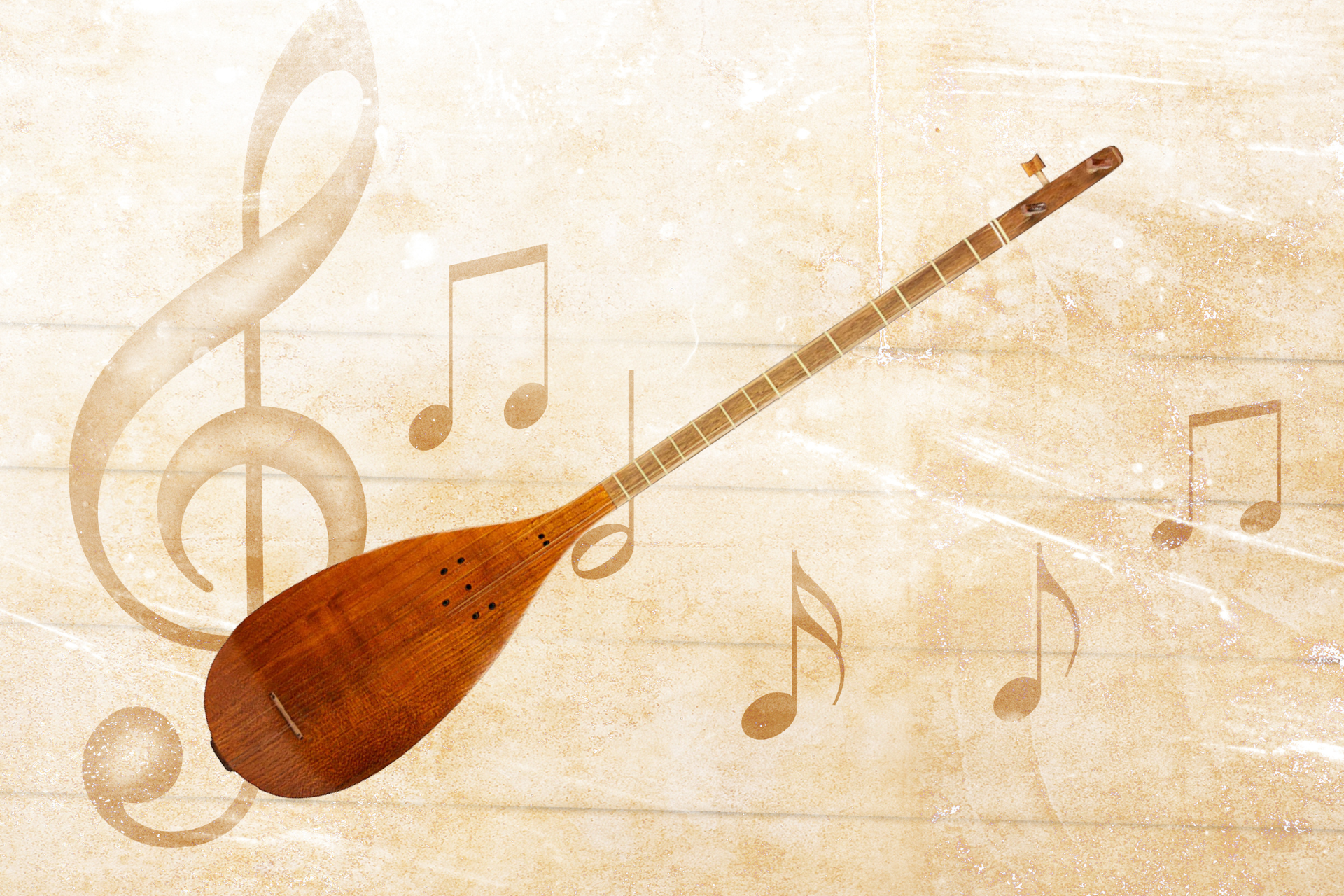General Articles
Uncovering the Mysteries of Tanbur: History, Making & Playing
Are you curious about the beautiful sounds of the Tanbur, a long-necked stringed instrument that originated in the Middle East? This Persian classical music instrument has been played for centuries in Iran, Afghanistan, Turkey, and other countries in the region. This article will uncover the mysteries behind the Tanbur, including its history, how it's made, and how it's played.
History of the Tanbur
The Tanbur has a rich history that can be traced back to ancient Persia, where it was known as the Tanbur. The instrument was widely played during the Sassanian era (224-651 AD) and was considered an important part of court music. In the centuries that followed, the Tanbur evolved into different variations, with the Persian Tanbur being one of the most popular.
In Persian classical music, the Tanbur is often associated with Sufi music and is used to accompany spiritual poetry and hymns. The instrument is also commonly played in folk music and is used to accompany traditional dances and celebrations.
The Making of the Tanbur
The Tanbur is typically made from mulberry wood, which is a hard and durable type of wood that can withstand the tension of the strings. The body of the instrument is made by hollowing out a piece of wood and attaching a long neck to it. The neck of the Tanbur is usually made from a separate piece of wood and is attached to the body using wooden dowels.
The Tanbur typically has six strings, although some variations have more. The strings are made from animal gut or nylon and are attached to tuning pegs at the top of the neck. The bridge, which holds the strings in place, is made from bone or hardwood and placed on the instrument's body.
Playing Techniques of the Tanbur
Playing the Tanbur requires a unique technique that involves plucking the strings with a plectrum while also using the fingers to create a vibrato effect. The player typically sits on the ground with the instrument resting on their lap or on a stand in front of them.
The Tanbur is played in a variety of different modes, which are known as dastgahs in Persian classical music. Each mode has a specific set of notes and is associated with a particular emotional or spiritual state. The player must be familiar with these modes in order to improvise and create their own melodies.
It is also used to accompany singing in Persian classical music. The player must be able to follow the rhythm and melody of the singer while also creating their own embellishments and variations.
Get Your Own Tanbur from Rhythm Music Shop
If you're interested in experiencing the beautiful sounds of the Tanbur for yourself, head to our shop in Markham. We offer a wide selection of traditional Persian instruments, including the Tanbur, both in-store and online.
Visit us today and start your musical journey!

